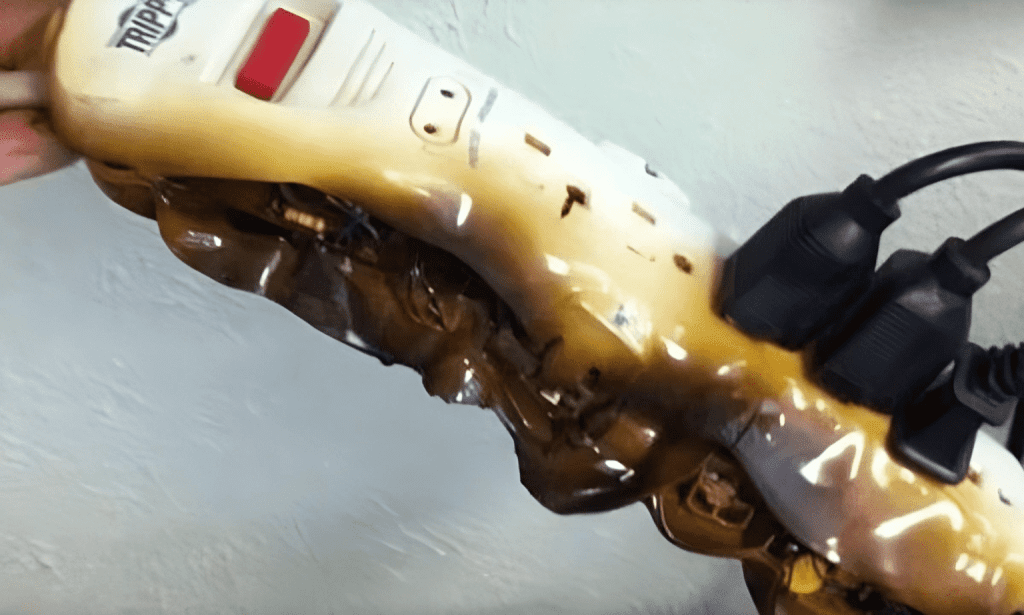As we become increasingly dependent on electricity for our daily activities, it’s difficult to envision a day without it. From charging our phones to powering our entertainment systems, power strips often help us manage all our devices. However, many people are unaware that some appliances pose significant fire hazards when plugged into a power strip.
Power strips are suitable for small electronics, but they are not built to handle high-wattage appliances like air conditioners, space heaters, and toasters. These devices can easily cause power strips to overheat, creating potential fire risks. It’s essential to recognize this to maintain home safety.

Appliances You Should Never Plug into a Power Strip:
Oven
Ovens require a substantial amount of power and should always be plugged into their own wall outlet on a dedicated circuit. Using a power strip for an oven can lead to serious issues.
Refrigerator
Refrigerators frequently cycle on and off, demanding significant power. Plugging them into a power strip can cause overload and damage. A dedicated wall outlet is best for refrigerators.
Washing Machine
Washing machines consume a lot of power, especially when in use. They should not share an outlet with any other appliance. Most washing machines use up to 1400 watts, which is close to the maximum load for most power strips. Additionally, they are often left unattended, giving power strips more time to overheat.
Portable Heater
Heaters should never be plugged into a power strip as they use significant energy, especially on high settings, and often run for long periods. It’s safer to plug them directly into a wall outlet.
Microwave
Microwaves draw a lot of power when in use. To prevent overload and potential hazards, always plug them into their dedicated outlets.
Coffee Maker
Coffee makers consume more power than many users realize. To avoid issues, they should be plugged directly into a wall outlet rather than a power strip or extension cord.
Toaster
Toasters also use a considerable amount of energy. To avoid any problems, they should be plugged directly into a receptacle instead of a power strip.

Another power strip should never be plugged into a power strip. This practice, known as “daisy-chaining,” can overload the electrical system and violates safety codes.
While devices like computers, TVs, and routers may not individually consume a lot of power, they are sensitive to power surges. To protect them, use a power strip with surge protection.
By being aware of which appliances should never be plugged into power strips, we can ensure the safety of our homes and the longevity of our devices. Share this information with family and friends to help raise awareness and keep homes safe.


